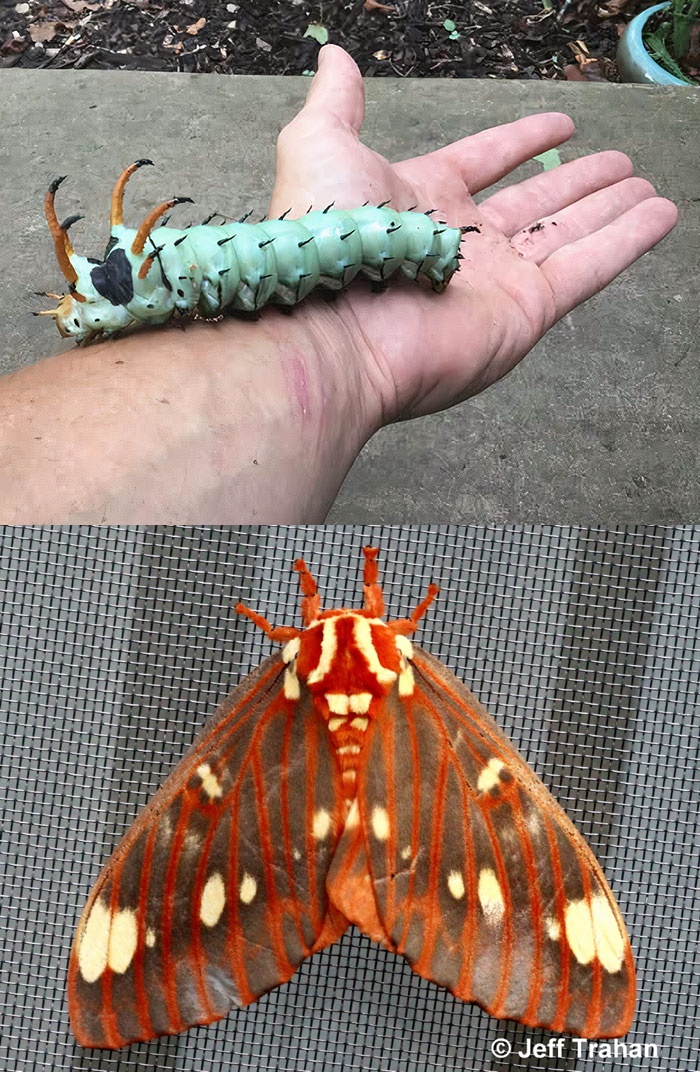It's hard not to be captivated by the fluttery, fragile beauty of butterflies and moths. But the caterpillars they start from—with a variety of colors, shapes, markings, and armor—can be equally captivating. What caterpillars all have in common is the incredible metamorphosis they undergo on their journey from egg to butterfly or moth.
Caterpillars represent just one stage of this transformational trek—the larval stage—during which their main purpose is to eat and grow. They grow so much during their brief lives that they typically shed their skin several times, often revamping their appearance from one instar phase to the next. "Instar" refers to the developmental stage of an arthropod between its various moults.1
Afterward, butterfly caterpillars molt one final time into a hard chrysalis to begin their magical makeover, and moth caterpillars (with a few exceptions) wrap themselves in a silky cocoon.
Whether you love identifying caterpillars in the wild or determining friend from foe in your garden, here's a before-and-after look at some of Mother Nature's most notable species.
Identification: Females are larger than males. Upperside of forewing is gray with red-orange veins and creamy yellow spots. Upperside of hindwing is orange with creamy yellow at the costa and inner margin.
Wing Span: 3 15/16 - 6 1/4 inches (10 - 16 cm).
Life History: Adults emerge in late evening and mate the following evening. Females begin laying eggs at dusk the next day, depositing them in groups of 1-3 on both sides of host plant leaves. Eggs hatch within 6-10 days, and the caterpillars (known as the Hickory Horned Devil) feed alone. Young caterpillars rest on the tops of leaves and resemble bird droppings, while older caterpillars appear menacing because they are very large and brightly colored with red "horns" near the head. Caterpillars pupate in a burrow in the soil.
Flight: One brood from May through mid-September.
Caterpillar Hosts: Hickories (Carya), pecan (C. illinoensis), butternut (Juglans cinerea), black walnut (J. nigra), sweet gum (Liquidambar styraciflua), persimmon (Diospyros virginiana), sumacs (Rhus), cultivated cotton (Gossypium), and others.
Adult Food: Adults do not feed.
Habitat: Deciduous woods.
Range: New York west through southern Michigan and Illinois to eastern Kansas; south to central Florida, the Gulf states, and east Texas.
Conservation: Not usually required.
NCGR: G5 - Demonstrably secure globally, though it may be quite rare in parts of its range, especially at the periphery.
Management Needs: None reported.




